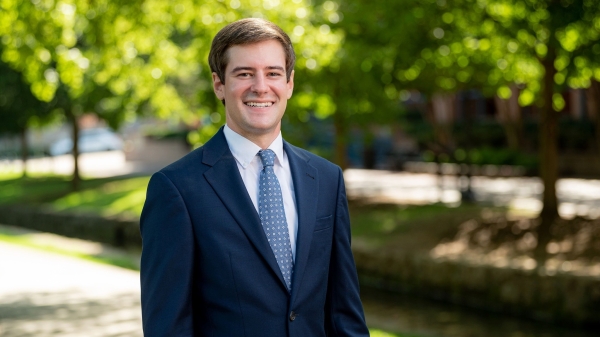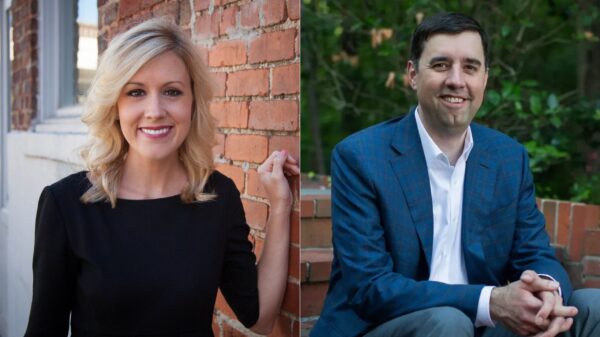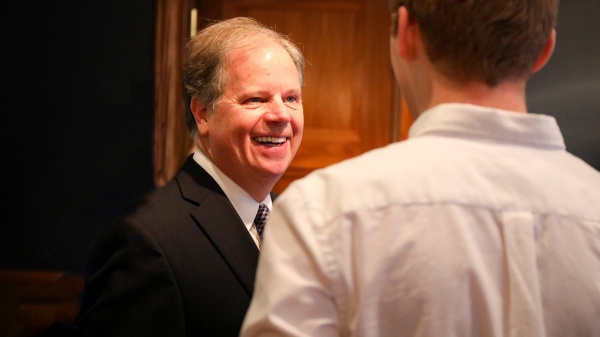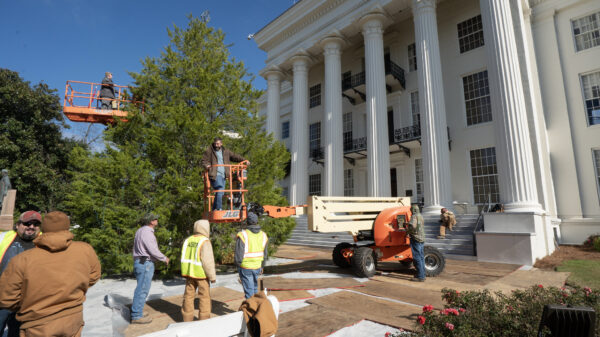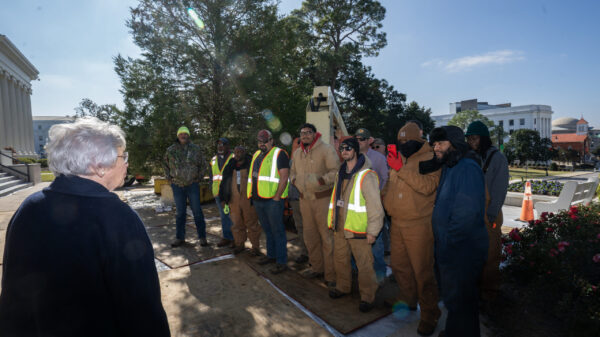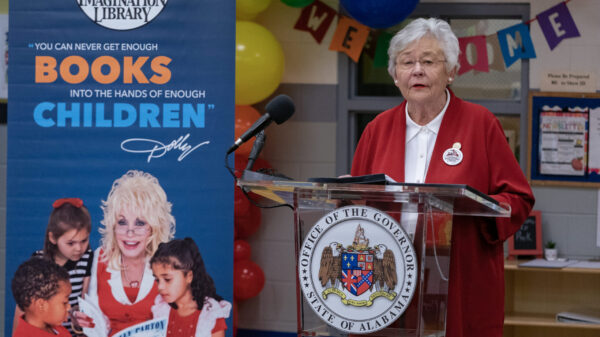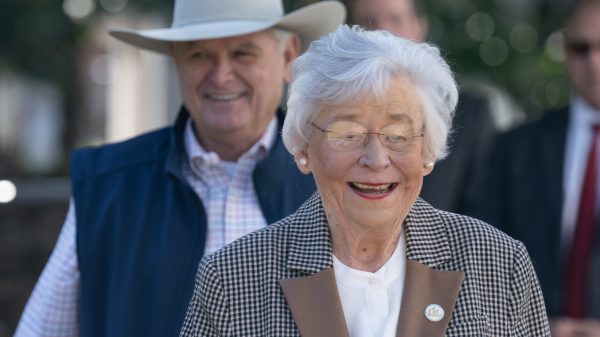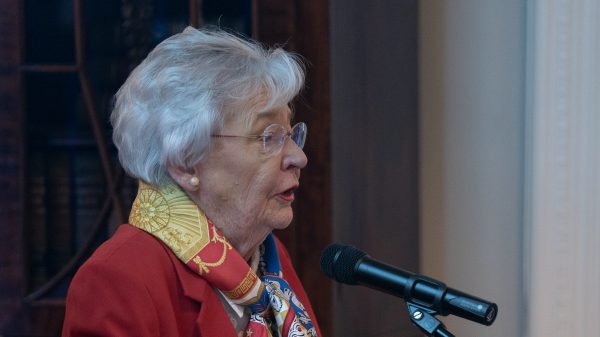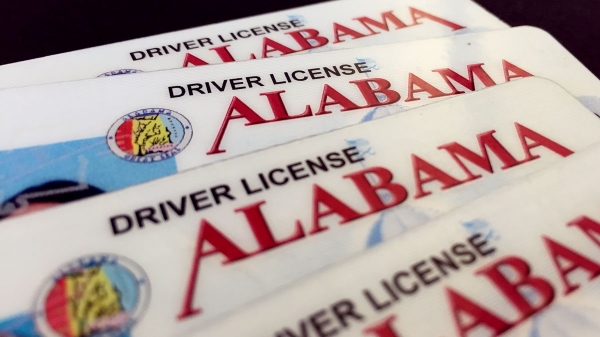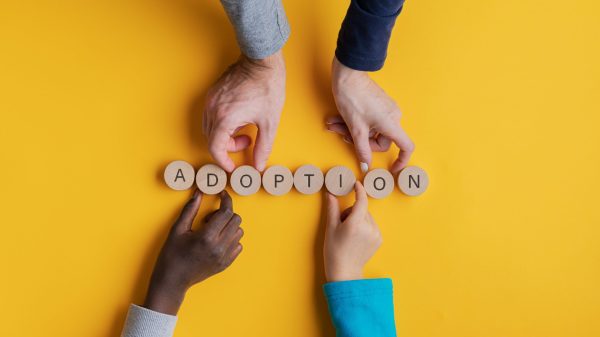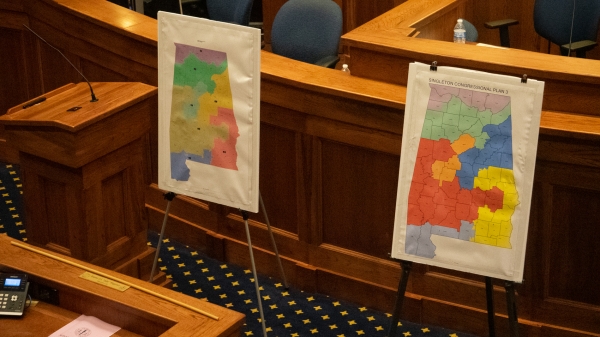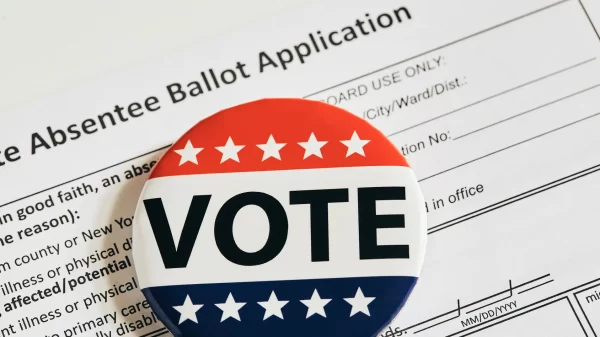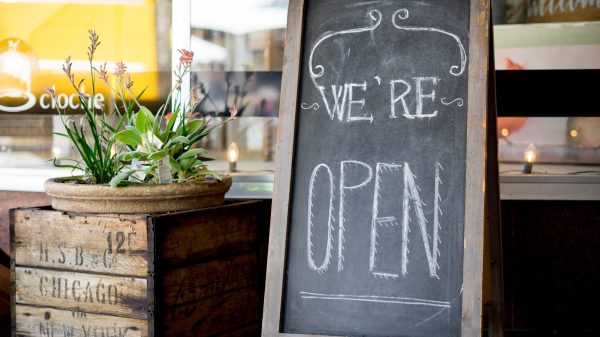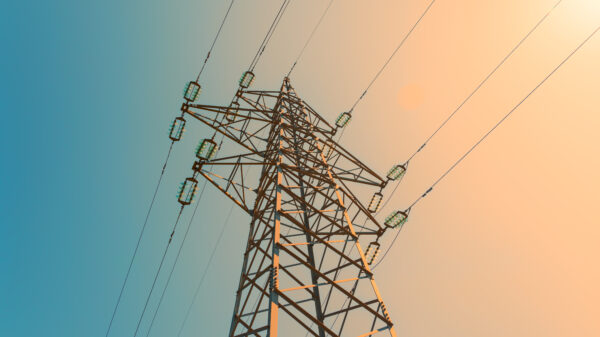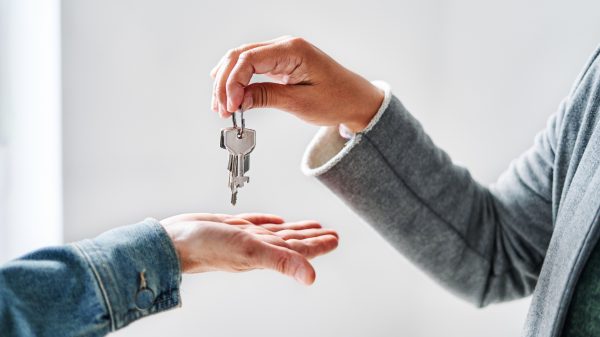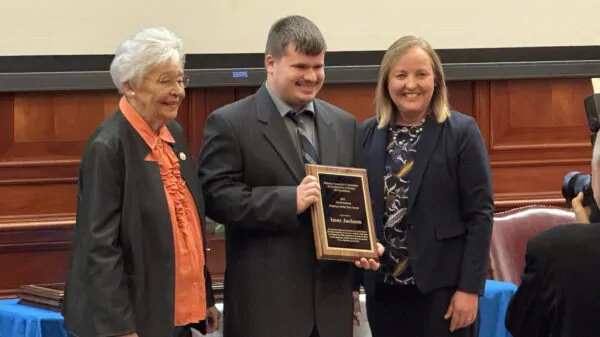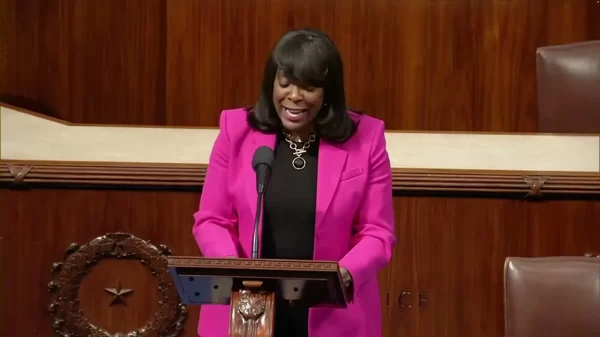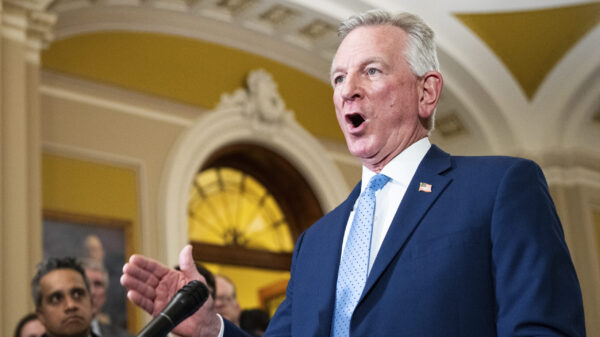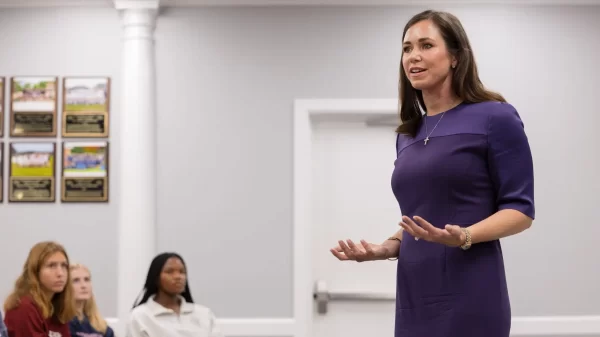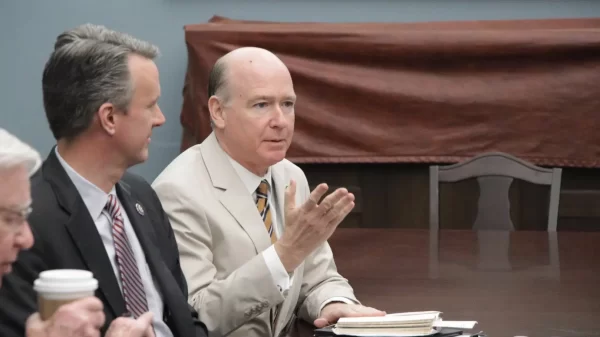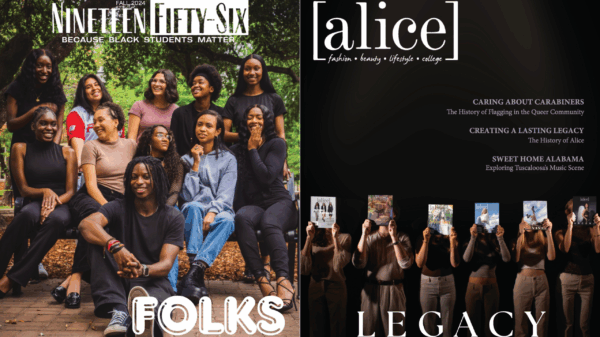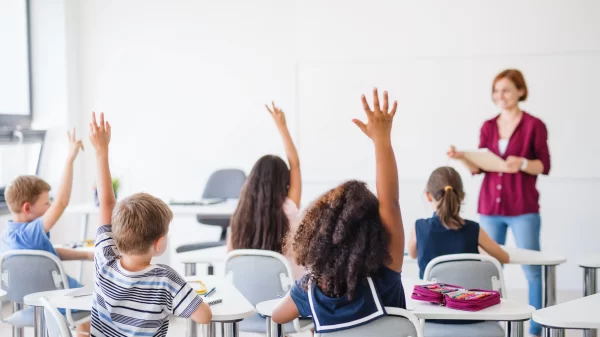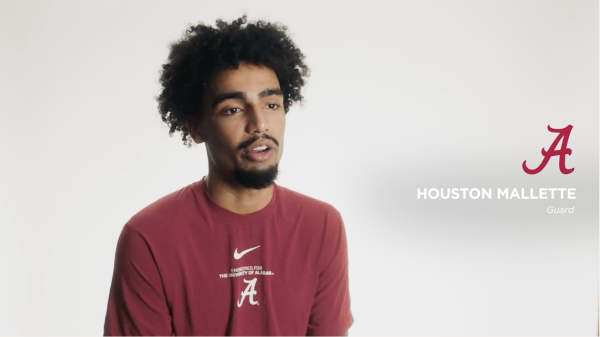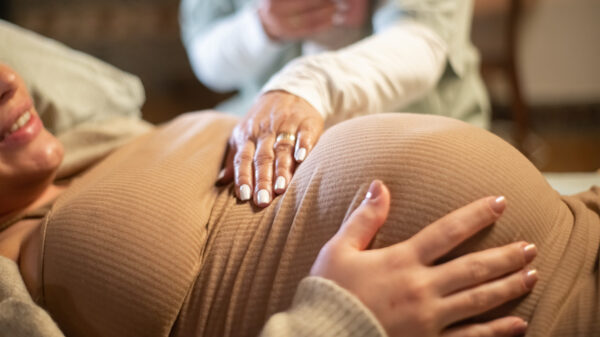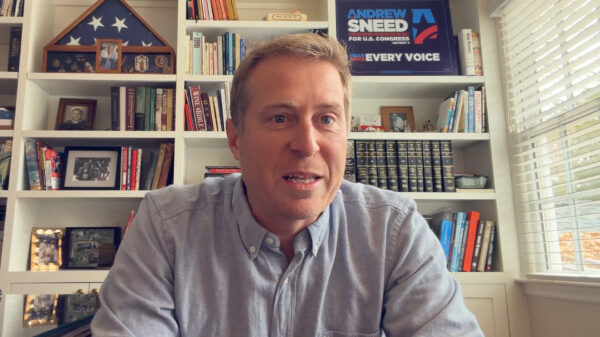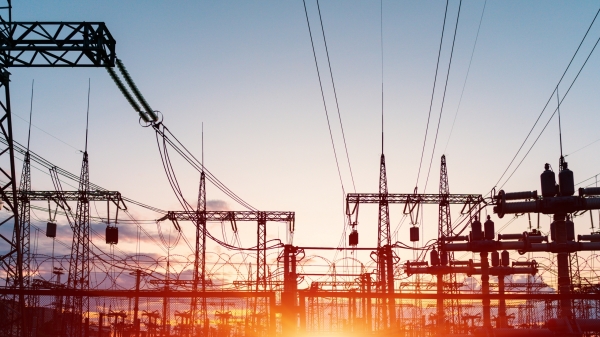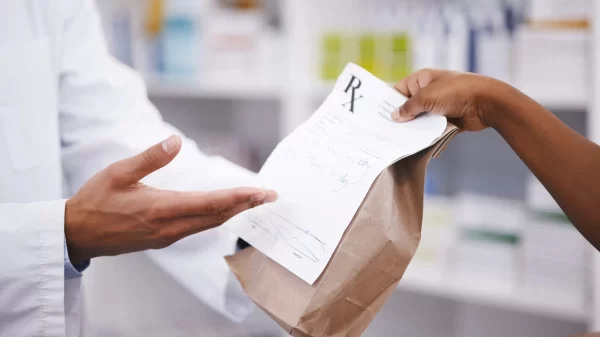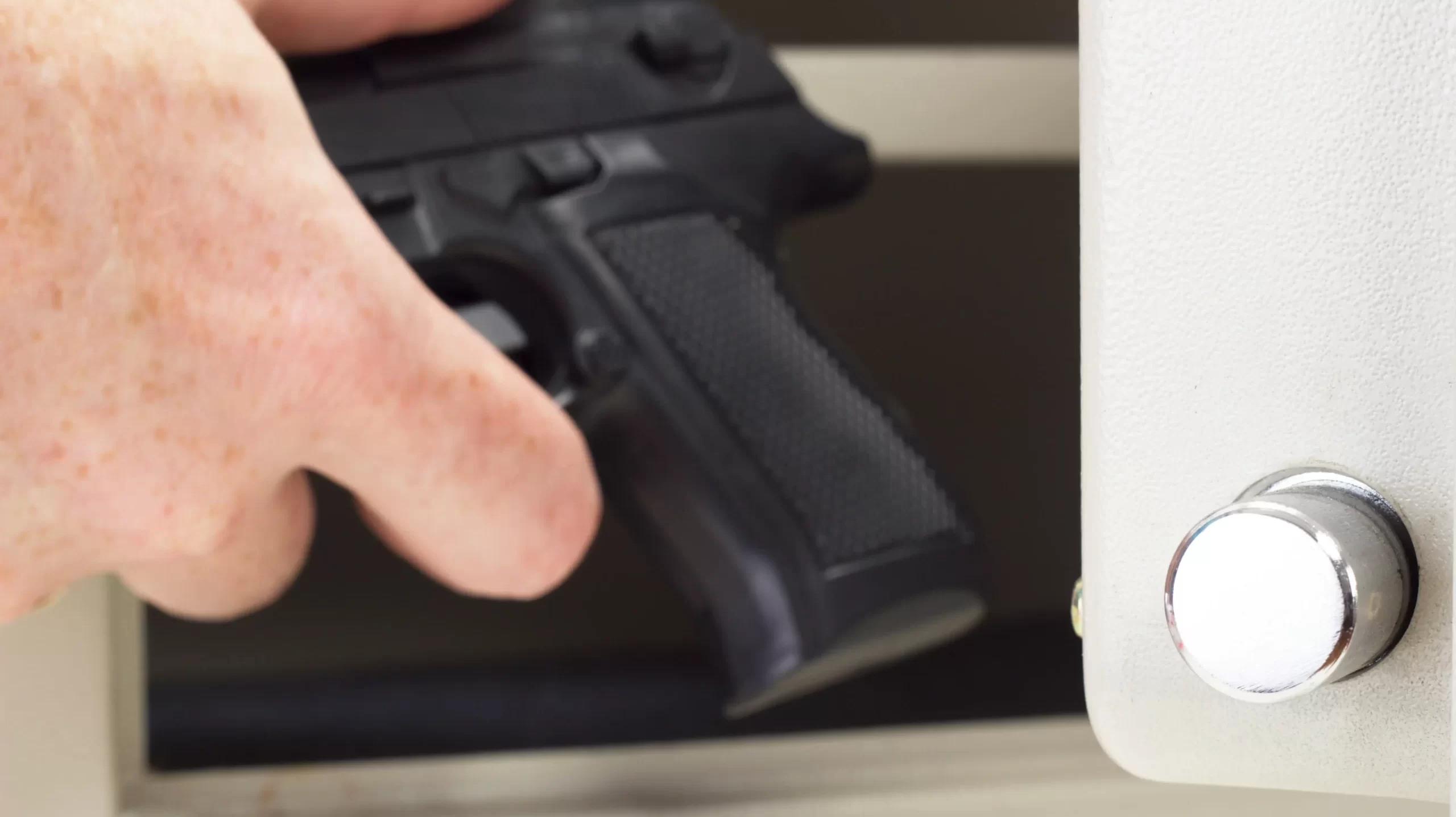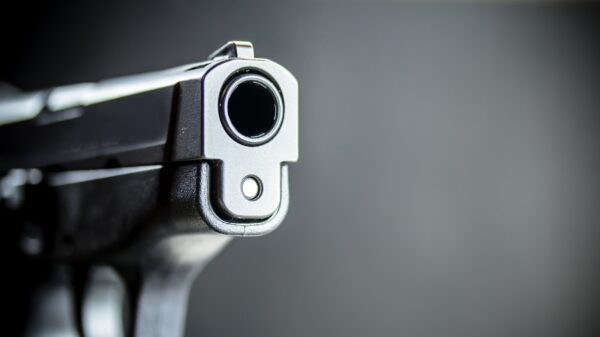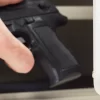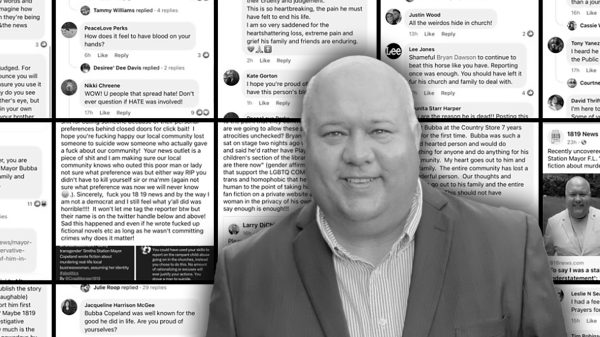September is Suicide Prevention Month, a time when yellow ribbons appear on lapels and social-media feeds fill with crisis-line numbers. Those reminders matter, but here in Alabama one of the strongest ways to prevent suicide may start at home: making sure every firearm is safe and secured.
Nearly half of the 1,300 gun-related deaths in our state last year were suicides—about two each day. Veterans shoulder an outsized share of that loss, with more than 100 dying by suicide in 2023; eight in ten used a gun.
The toll is personal for many families. Dr. Atcheson’s grandfather—a veteran who struggled with chronic pain after a wartime head injury—ended his life with his own firearm in 1978, leaving a lasting void in the family.
Teenagers face a similar danger: a moment of heartbreak, amplified by social media, can turn lethal if a “hidden” but unlocked handgun is within reach.
These tragedies tell a simple story: when a loaded firearm is close at hand, a fleeting crisis can become fatal before help has a chance to arrive. Most people who survive a suicide attempt do not try again. The difference between life and death is often a barrier—sometimes as small as a sturdy lock—that slows the impulse long enough for hope to return.
That is why the Women Physicians Section of The Medical Association of the State of Alabama is focusing on gun safety as part of Suicide Prevention Month:
- Safe storage saves lives. Steel safes that bolt to the floor, quick-access lockboxes, and free cable locks from sheriff’s offices or Project ChildSafe all keep firearms ready for adults yet out of reach for children and someone in despair. Ammunition stored in a separate, locked place adds another layer of protection.
- Temporary off-site options offer breathing room. The VA’s Safe Firearm Storage Toolkit explains how families can move guns to a trusted friend, a self-storage unit, or a participating gun shop while a loved one seeks help. Many police departments will store firearms free of charge until a crisis passes.
- 988 is a lifeline. Anyone in emotional pain can dial 988 and press 1 for veteran-specific counselors. The line is open every minute of every day, and callers can remain anonymous.
- Conversations matter. Parents already talk with their kids about driving, alcohol, and drug use. Adding an honest discussion about guns—how to handle them safely, and why they must stay locked—fits naturally into that list. Asking other parents about firearm storage before a sleep-over protects everyone’s children.
- Community solutions build trust. Gun buy-back events in Montgomery and Birmingham have quietly removed hundreds of unwanted weapons from homes. Churches and hunting clubs are starting “lock-exchange” days where members trade old padlocks for high-security models at no cost.
None of these steps cancel anyone’s Second Amendment rights. They honor those rights by pairing them with the responsibility every hunter, sport shooter, and concealed-carry holder already accepts. Safe storage is simply the next safety rule—no different than keeping the muzzle pointed downrange or checking a chamber twice.
As physicians, we have witnessed the relief on veterans’ faces when they realize they can store their handguns off-site without surrendering them forever. We have heard parents describe how a simple cable lock kept a teenager from making a permanent decision during a temporary storm. These stories do not grab headlines, but they are victories worth celebrating.
This September, let’s widen the lens of suicide prevention. Alongside seeking mental health treatment, promoting help lines, and strengthening community support, please secure your firearms. Talk to your family. Offer to hold a friend’s rifle for a while. In doing so, we secure both our freedoms and our futures.


